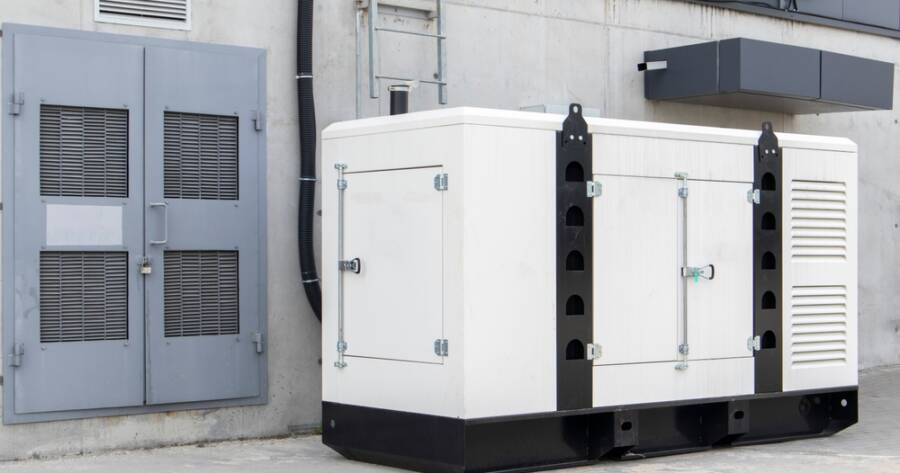In the dynamic world of industrial operations, backup generators are indispensable in preventing costly power interruptions. Diesel and natural gas generators dominate this landscape, each offering distinct benefits in reliability and environmental impact. With innovations like Battery Energy Storage Systems and considerations for scalability, these solutions are evolving. Despite initial costs and maintenance needs, effective implementation of backup power systems ensures seamless operations, aligning with future trends in sustainable energy practices.
Understanding Backup Generators for Industrial Use
In the fast-paced industrial sector, power disruptions can lead to significant financial losses and halted operations. Thus, the presence of a robust backup power solution is crucial for manufacturing facilities.
Backup generators, serving as industrial power safety nets, offer a shield against these disruptions. Generally, diesel and natural gas generators dominate this domain due to their efficiency and reliability.
The Role of Diesel and Natural Gas Generators
Diesel generators have long been the workhorses of industrial backup power solutions, known for their capability to deliver large amounts of power quickly to support substantial loads.
They are favored for their durability and are ideally suited for industries where heavy loads are a constant. On the other hand, natural gas generators present a cleaner and often less costly alternative, appealing to operations that prioritize environmental impact and cost efficiency.
Advantages of Battery Energy Storage Systems (BESS)
The integration of Battery Energy Storage Systems (BESS) is a rising trend in industrial power management. These systems capture and store energy, offering a seamless backup in case of outages. BESS are popular in scenarios where renewable energy sources are part of the energy matrix, facilitating increased use and reliability of solar and wind energy.
Cost Considerations for Backup Generators
Investing in commercial generators demands a considerable capital outlay, with costs influenced by generator size, complexity, and brand. For instance, a high-wattage generator may range from $10,000 to $25,000, with installation and maintenance further escalating these figures. These initial costs might appear steep, but they are offset by the value of uninterrupted operations and protection against the financial impact of outages on business activities.
Additional Costs and Maintenance
Beyond the purchase expense, additional costs such as installation and fuel source logistics require consideration. Installation complexity can vary, impacting the overall financial outlay.
Regular maintenance is pivotal—spanning from weekly inspections to comprehensive checks every three years—to ensure operational reliability. Maintenance practices such as replacing worn-out parts and ensuring efficient fuel consumption are essential to extend the lifespan of generators.
Scalability and Future Trends
Scalability is a significant factor when choosing a backup power solution. It allows businesses to adjust their setup as energy demands escalate. Emerging trends in industrial backup power include enhanced battery technologies and smart grid integrations, poised to bolster system efficiency further. The coupling of renewable energy sources, like solar panels, with traditional backup generators represents a sustainable path forward.
Implementation Challenges
Implementing comprehensive backup systems poses certain challenges such as high initial investment, logistical complexities regarding fuel availability, and the intricacies of regular system maintenance. However, with proper planning and reliable systems, these challenges can be managed effectively to ensure minimal disruption to operations during power outages.
Why You Should Learn More About Backup Generators for Industrial Use Today
In conclusion, understanding the cost breakdown and efficiencies of backup generators and modern battery systems is crucial for maintaining operational continuity in industries prone to power disruptions. With advancements in technology, the integration of renewable energy, and scalable solutions, businesses can now approach power management with greater efficiency and environmental responsibility. By adopting suitable backup systems, industries not only protect their resources but also align with sustainable practices that can lead to significant long-term benefits.




